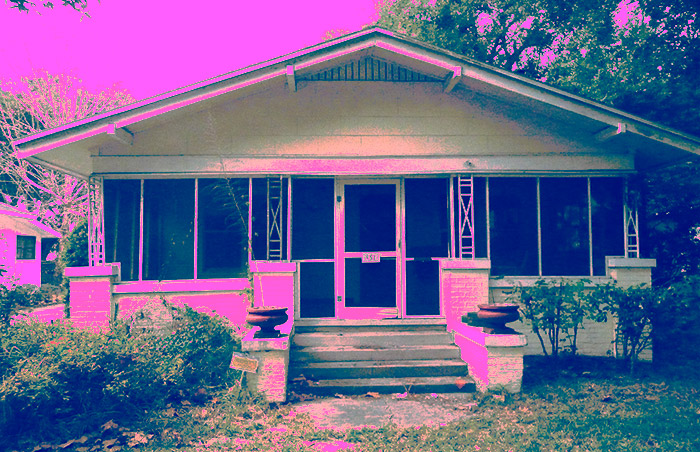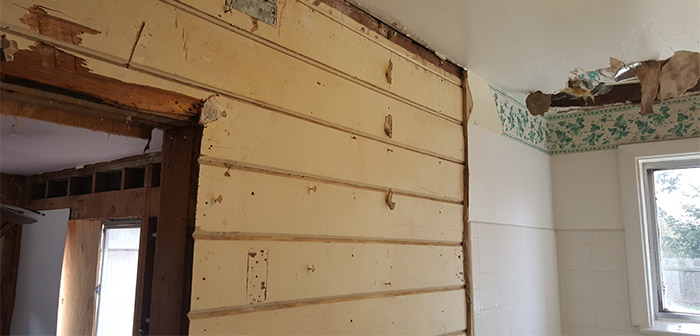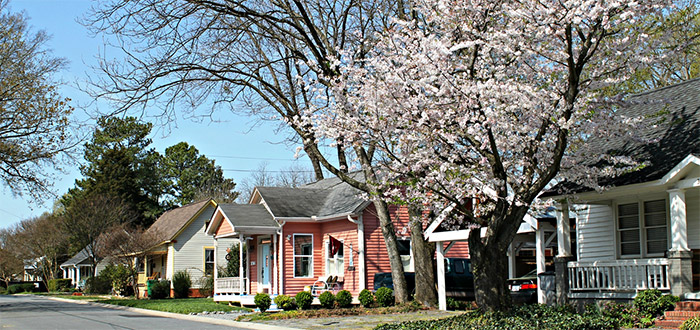Buying old homes is not for the faint of heart. But by doing your homework and exercising patience, you can find great value in a fixer upper…

Still indecisive on what house to buy? The new, untainted one with a fresh scent of cement and paint, implying a fresh beginning for your family? Or the old one, whose walls, ceilings, and floors, as well as the furniture have already been established for your arrival? Whether you’re moving out or you’re looking for a brand new start after marriage, it is common for your mind to fight over buying a new or old house.
But even after persuading and enticing advertisements of real estate companies that state all the scenic amenities and perks that a consumer will get from buying a new house, there are people who still choose to settle in second-hand, old-fashioned houses. This is due to some emotional and financial aspects that cannot be seen from the modern ones like its irresistible architecture, the availability and convenience, and the cheaper cost
Deciding on what kind of home to purchase is composed of two aspects: the subjective and the objective. It’s like a struggle between your heart and your mind, as others would call it. The subjective decision includes your preference in terms of its design, the beauty of architecture, the quality of its materials, the history behind it, and basically your personal taste and desire. While subjective decisions feed your emotional need, objective decisions help feed your financial need. Think about the costs, the renovations, the stability, and the long-term advantages and disadvantages of the property to you and to your family.
To further help you in deciding whether to buy an old home or not, here’s a list of its pros and cons with regards to its structure, location, cost, and neighborhood.
1. Structure
Con: Old homes are outdated, and it may not suit your family’s taste. Aside from the fact that these homes have already been used and lived in for a couple of years and they have old-fashioned structures, you should also consider the present quality and stability of its systems. Carefully check the unseen elements of these homes including the old heating systems, water filtration systems, electrical systems, drainage, plumbing systems. Since these homes are mostly built a number of decades ago, it’s also important to check the walls and furniture which might be filled with lead paint, a harmful substance that was banned in the late 1970s. Another thing to check if there are pest infestations in the area like termites, bugs, bats, and rats. Fixing these problems may add up to the cost. You might also pay more in terms of electricity compared to new homes that have advanced energy-saving technologies.

Pro: Old homes are filled with a lot of personality in it. If you are a person who finds beauty in second-hand, old-fashioned houses and you are open to embracing its odd charm, then the cost of renovations is never a problem. The primitive pieces of furniture, the wooden fireplace, the quality of materials used for the interior’s elements, and the gentle touch of history roaming in the home’s walls and floors are simply priceless. There’s no doubt that when you compare the old homes to the new houses, they tend to have more interesting and authentic architectures than commercially-built new ones. They also have more edge than newly-built houses in terms of the availability since they are fully furnished and you can move right away after buying the property unlike in new houses where you’ll wait for months or years to finish.
2. Location
Con: Old homes are likely to have trees planted on the property, and, therefore, have problems with roots. Primitive trees often have long, thick, and strong roots that cannot be prevented from spreading. So what’s the big deal? These roots may grow in toward the plumbing systems and the foundations of your home and may cause serious problems later on if not prevented. Foundation work and replacement of pipes may require a few bucks.

Pro: If you love the relaxing vibe that the earth’s wonders possess but also admire the spirit of urban living through dining and shopping at commercial areas, you may enjoy the best of both worlds when you buy an old house. Old homes are mostly located near the center of the town. Local restaurants, shopping centers, 24-hour convenience stores, schools, offices, and other amenities are only a few meters away from your home and can be accessed by foot. Most of the new homes are located in remote areas, keeping them from reaching these amenities if they do not own a car.
3. Cost
Con: As mentioned above, an old home may require a few repairs and renovations. To help you figure out if the house is worth buying, you may compute the costs using a simple equation. After doing a thorough assessment of the house’s condition, try to add up the estimated costs of renovating the property. Think about the materials to be used and the labor. Then, subtract the total from the house’s estimated market value after the renovation. You may base or compare it to the real estate prices in the neighborhood. Lastly, you may deduct five to ten percent for extras such as unavoidable mishaps and inflation. What’s left is the real deal.
Pro: Old, established houses are definitely cheaper than new houses. Even if the price depends on condition and location, new houses of the same size and area cost more than the old ones. You’ll just have to be wise and detail-oriented in checking the conditions of the house and doing the maths in order to save. Buying these homes give you a chance to save more since you will have lower repayments and you’ll have a financial buffer for interest rates increases, children, and unemployment. It is also a great investment since the value of old houses continue to increase because of lesser supply and higher demands. In additional to these, you’ll have a less chance of housing stress since you don’t have to wait for the developer’s finishing touches including fencing, yards, and paths.
4. Neighborhood
Pro and Con: Diverse neighborhood. Get ready to live in an area filled with an eclectic mix of neighbors who have either engaging or discouraging personalities. Unlike in new houses and subdivisions that have people who probably purchased the property and lived in the area for the same year or time, purchasing old home lets you interact with people who have lived in the area for a couple of generations now. It actually depends on your personality whether you’ll consider this as an advantage or disadvantage. Aside from the attitudes of people, it is also good to consider some historical and cultural aspects of the neighborhood before moving in such as the issue of gentrification or the process wherein wealthier residents move to the area and some changes occur because of an influx of wealth such as tax and rent increase.
AUTHOR BIO: A large house on a hill, surrounded by trees and chirping birds is what Carmina Natividad hopes for in the future. She devotes her time writing for Pilcher Residential, a growing agency of six real estates professionals based in Australia to feed her broad imagination.Website: http://www.pilcher-residential.com/Home.php